RBA delivered a widely expected 25 bps rate cut, lowering the cash rate to 3.85%. In its statement, RBA said the risks to inflation had become “more balanced,” with headline inflation now within the target range and upside pressures “appear to have diminished” amid deteriorating global economic conditions.
Still, the central bank remains cautious, citing significant uncertainty around both demand and supply dynamics, as well as the evolving impact of global trade tensions and geopolitical developments.
The Board acknowledged a “severe downside scenario” and emphasized that monetary policy is “well placed” to respond decisively if global shocks materially affect Australia’s outlook. RBA flagged the unpredictability of global tariff policies and noted that households and businesses may hold back on spending amid heightened uncertainty. These concerns have contributed to a weaker outlook across growth, employment, and inflation.
In its revised forecasts, RBA downgraded GDP growth for 2025 to 1.9% (from 2.1%) and for 2026 to 2.2% (from 2.3%). End-2025 headline CPI was revised down to 3.0% from 3.7%, with end-2026 projection lifted from 2.8% to 2.9%. Trimmed mean forecasts for the end-2025 and end 2026 were both cut slightly from 2.7% to 2.6%.




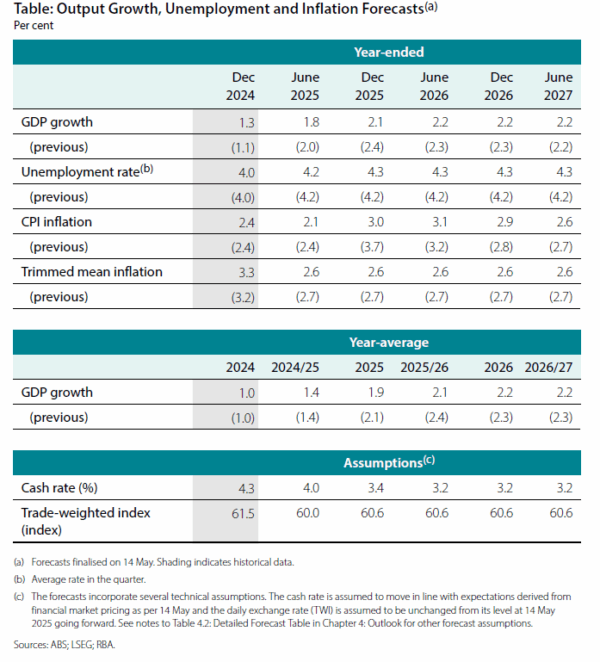
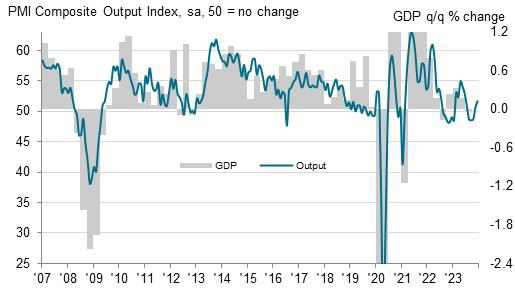
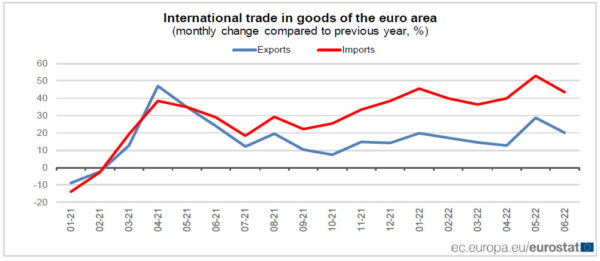
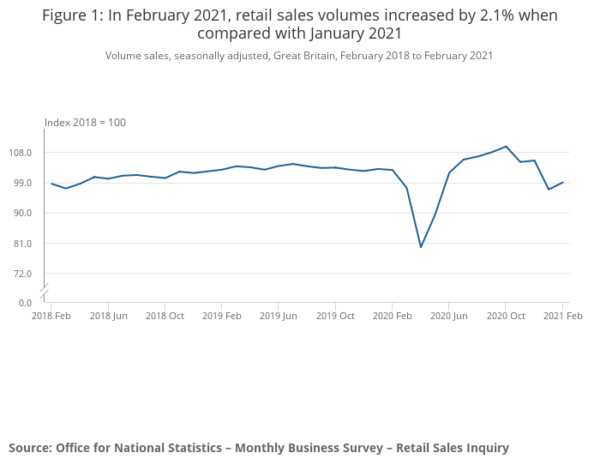
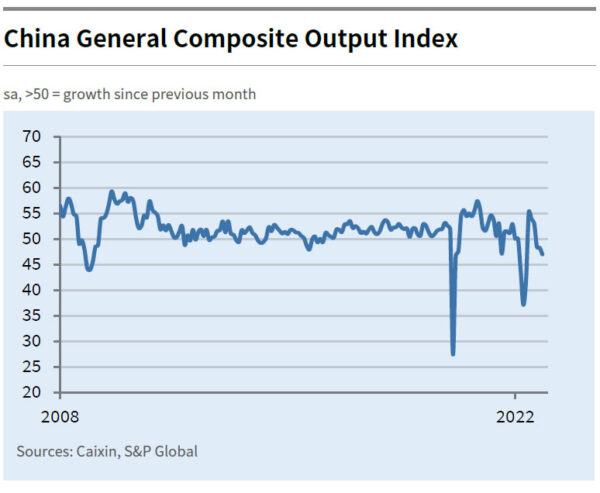
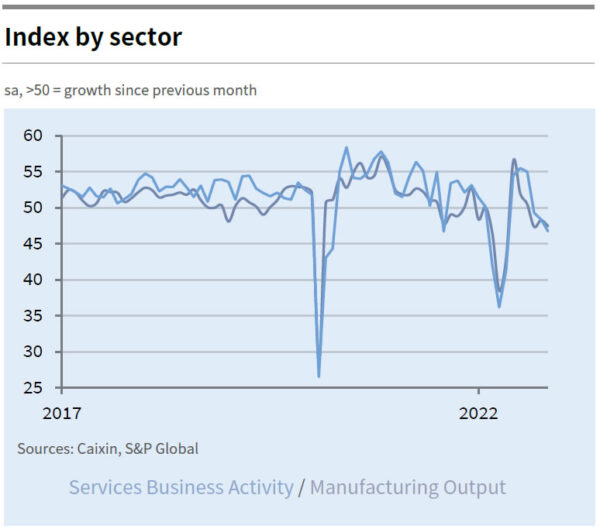
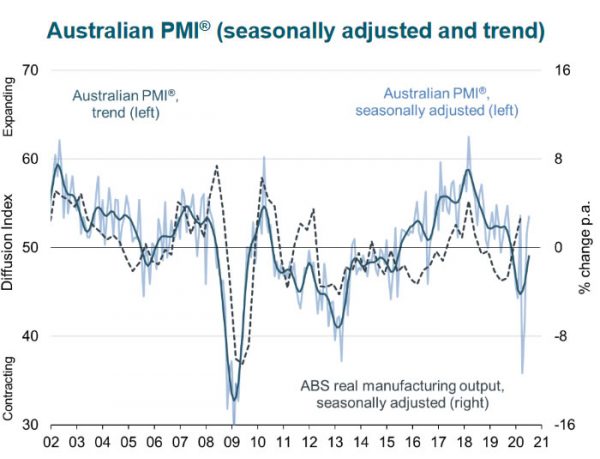
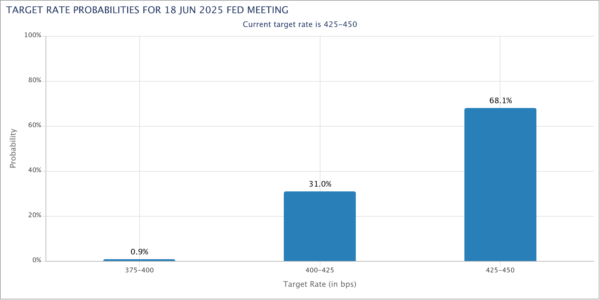
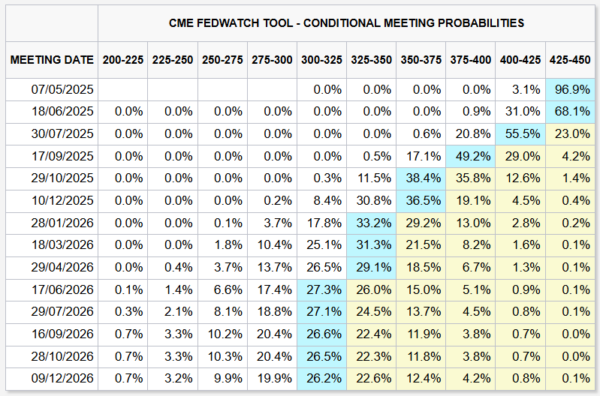

US CPI unchanged at 1.7%, core CPI unchanged at 2.4%
In September, US CPI was flat mom versus expectation of 0.1% mom rise. Core CPI rose 0.1% mom versus expectation of 0.2% mom. Annually, headline CPI was unchanged at 1.7% yoy, below expectation of 1.8% yoy. Core CPI was also unchanged at 2.4%, matched expectations.
Full release here.